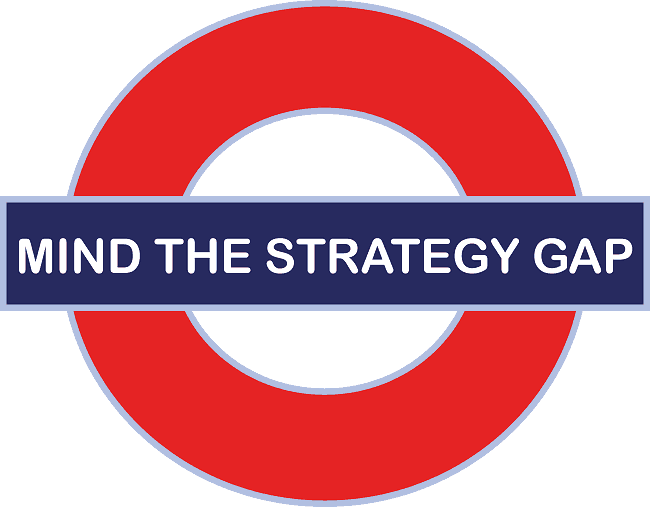Why do continuous improvement initiatives fail to sustain?
Lately I facilitated a discussion around this question “Why do continuous improvement initiatives fail to sustain?” on LinkedIn. There where many responses that included rich and varied perspectives and opinions on continuous improvement fail. I include several distinctive views below, illustrated by direct quotes from the LinkedIn discussion thread:
Tim Rodgers:
I think it’s especially difficult to sustain CI once the “low hanging fruit” has been picked. It’s easy to get alignment and commitment for improving things that are widely recognized as needing improvement, but a lot harder when the benefits are less visible
Richard Ottley:
Top Management tend to focus only on the fruits – ROI – and ignore the tree – culture change!
Tim James:
No sustaining culture was developed
Greg Hanners:
I think the most likely culprit is a lack of full leadership buy-in and support or a change in leadership
Pat Cavanagh:
Failure to inspire people as to the “Why” behind continuous improvement and how necessary it truly is
Scott Guthrie:
Failure to understand that continuous improvement is a methodology and not a project or program is a common problem. To be successful with CI, you need to bring the mindset of change into your day-to-day culture. If you don’t do this, passive resistance will often kill initiatives.
Mark Neild:
Because Culture eats Strategy
Slawek Mielewczyk:
Lack of leadership buy-in is one of the reason and another one, closely related, is the difficulty with measuring the results and proving that they came from these changes and are not a result of random variation
Yoke-Yin Purcaro:
I will add one more – lack of the sense of urgency. Like people said, I don’t like to be changed or if you want me to perform better, let me do the way we used to do things. I don’t like changing either, but people got to realize that we are competing to the technologies that change constantly
Geoffrey E.
Middle management (line supervisors) buy-in is also a key component to success or failure
Alison B.:
Because they fail to engage with employees and get buy in and input prior to implementation
Nancy Kress:
When organizations change, people resist because the history of change is often large scale change vs. small continuous improvements. Big changes are difficult, uncertain and fatiguing, which is why people fear them.
This creates a dilemma between the organization’s goals and people’s resistance to change. Efforts to optimize one side of the dilemma can compromise or negate effort towards the other side. When the two sides are far apart, it becomes difficult to find a connection between the two extremes.
Continuous improvement requires small, incremental change. Paradoxically, continuous improvement is so gradual that it doesn’t face as much resistance. Change management jumps, continuous improvement walks
Jess Raubenheimer:
Continuous improvement initiatives fail when people do not see the relevance to their day-to-day jobs. They’re asking “but what’s in it for me?” and getting an unsatisfactory answer. It’s important to make the change relevant, and show people how improvement can make their jobs better.
Melinda White:
Continuous improvement shouldn’t be a program – it is a philosophy that needs to be embedded as part of an organisation’s culture
Thanks to all those who participated in the discussion. Is there anything else you want to add?
Image credit: Ruth W. –
Short URL & title:
Why do continuous improvement initiatives fail to sustain — http://www.torbenrick.eu/t/r/izw
Share it:
If you enjoyed this article, please take 5 seconds to share it on your social network. Thanks!









All the above answers are all true in some degree but my experience is that CI value assessment is often based on non accepted measures by leaders/managers. Another reason is that Leadership is generally focussed on performance KPI’s. These don’t normally allow time for sufficient team based creativity needed for “out of box” thinking that is required to make a real difference. Much of these skills are lost with education and streamlined performance and peer expectancy.
Leadership shortcoming to be sure.